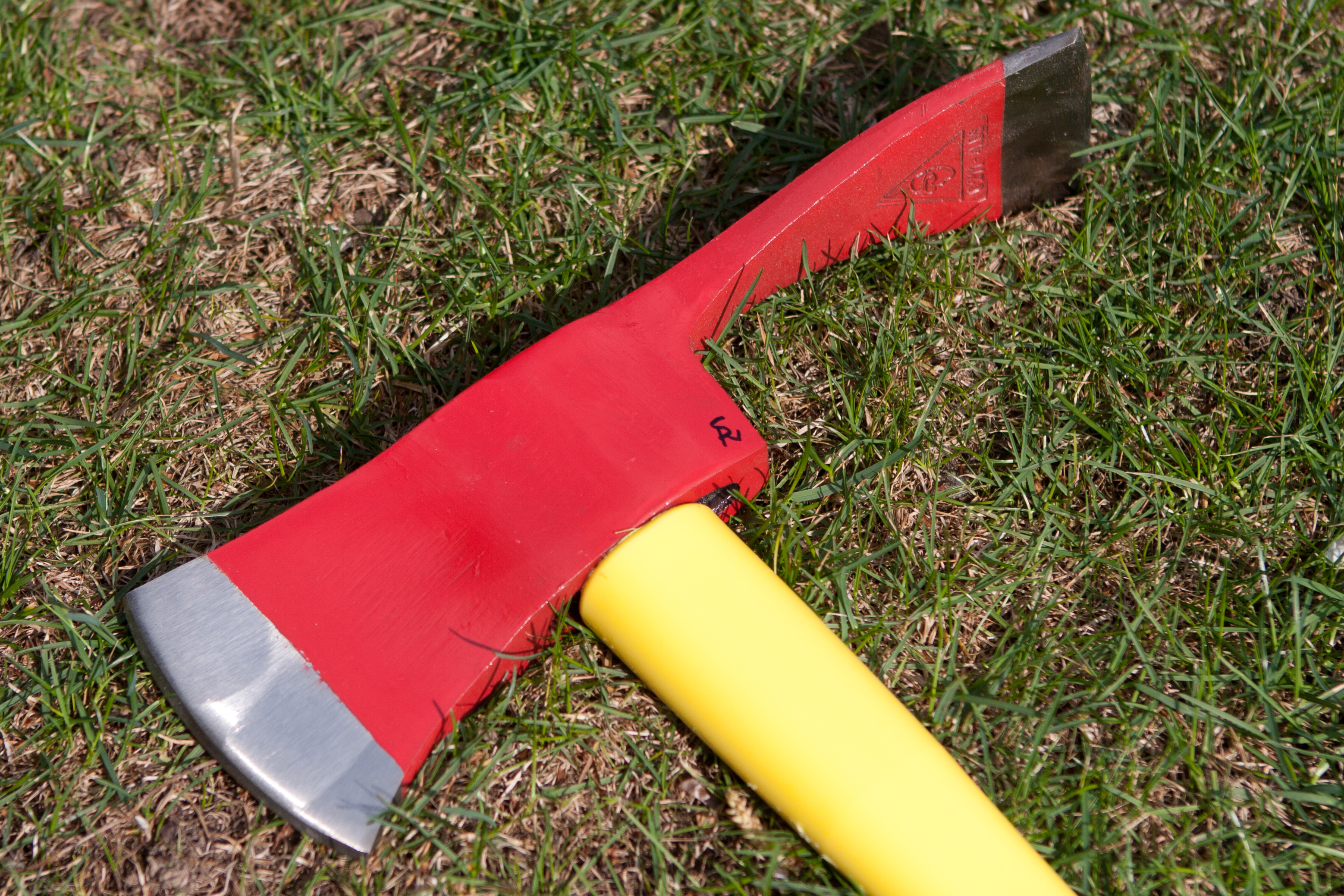

 2
2




Be joyful, though you have considered all the facts. ~Wendell Berry

 3
3




 2
2




Growing on my small acre in SW USA; Fruit/Nut trees w/ annuals, Chickens, lamb, pigs; rabbits and in-laws onto property soon.
Long term goal - chairmaker, luthier, and stay-at-home farm dad. Check out my music! https://www.youtube.com/@Dustyandtheroadrunners
 3
3






"Where will you drive your own picket stake? Where will you choose to make your stand? Give me a threshold, a specific point at which you will finally stop running, at which you will finally fight back." (Derrick Jensen)










 2
2





Be joyful, though you have considered all the facts. ~Wendell Berry










 2
2




Joseph Lofthouse wrote:
A technique that I have found very useful, is to leave the existing ground as is, and build swales, etc with materials that are dragged in from elsewhere. When I'm digging swales, elsewhere might only be 3 to 5 feet. I find it much easier to move small/loose material that to try to remove the big stuff.
Be joyful, though you have considered all the facts. ~Wendell Berry





Kim Goodwin wrote:I do agree, we just don't have any materials to bring in at this point.
 2
2





|
Does this tiny ad smell okay to you?
Homestead Pigs Course
https://permies.com/wiki/365748/Homestead-Pigs
|





